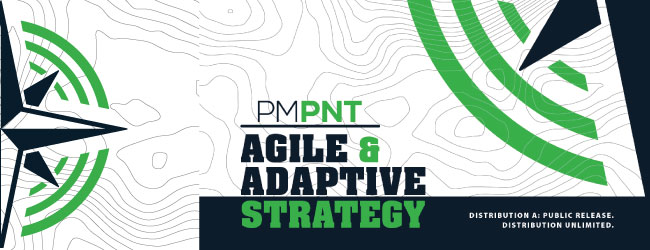
MISSION:
Provide Warfighter-valued Assured PNT solutions today that enable multi-domain operations in rapidly evolving denied environments.
VISION:
Ensure overmatch capability through innovative acquisition and rapid integration of cutting-edge Modular and Open System Assured PNT technologies.
DESCRIPTION:
Today, nearly every Army ground combat system relies on Positioning, Navigation, and Timing (PNT) (mostly provided by Global Positioning System (GPS)); it is central to American military operations. Our adversaries have recognized this critical Achilles’ heel to mounted and dismounted operations, and are blocking our access to GPS. Incidents of malicious disruption to both the access and integrity of our GPS data are increasing worldwide — development and proliferation of cheap and ubiquitous threat technologies will continue well into the future. PM PNT was chartered to outpace this enduring risk to operations.
MR. Christopher Jais
Mr. Christopher Jais assumed responsibilities as Project Manager for Positioning, Navigation and Timing (PM PNT) in June 2025.
Immediately prior to assuming his most recent role, Mr. Jais completed the Defense Acquisition University Senior Service College Fellowship, graduating in May. He also served as Strategic Initiatives Lead for Program Executive Office Intelligence, Electronic Warfare and Sensors (PEO IEW&S) from June 2023 to July 2024, providing insights and guidance to leadership that set future pathways for the PEO in organizational agility, talent management, Army modernization and customer relations.
Mr. Jais served as Product Manager for PM PNT’s PNT Modernization product office beginning in Oct 2020. In this position, Mr. Jais led the PNT Modernization team in its mission of transitioning incremental and disruptive PNT capabilities to overmatch evolving PNT Threats. He also developed and implemented an acquisition strategy for the organization’s lines of effort.
Prior to his role with PNT Modernization, Mr. Jais held a leadership position at another PNT product office, serving as Deputy Product Manager Dismounted PNT. There he was responsible for implementing risk reduction prototype efforts to ensure Soldiers have access to critical and accurate timing and location information, ultimately allowing Soldiers to shoot, move and communicate in GPS-contested environments.
Mr. Jais’ assignments before this position include Test and Quality Division Chief for PM Distributed Common Ground System – Army (DCGS-A) and Reliability and Quality Lead for DCGS-A.
Prior to joining PEO IEW&S, Mr. Jais was a Reliability Analyst at the Army Materiel System Analysis Activity and entered his civilian service in April 2004 at the Army Test and Evaluation Command as a Reliability Evaluator for the Army Evaluation Center.
Mr. Jais holds a Master of Science in Technical Management from Johns Hopkins University and a Bachelor of Science in Mathematics from Pennsylvania State University. He is married to Ms. Megan Jais and has three energetic boys: Jackson (nine), Logan (seven) and William (four).
Mr. Donnie Rhoads
Mr. Donnie Rhoads assumed responsibilities as Deputy Project Manager for Positioning, Navigation and Timing (PNT) within Program Executive Office Intelligence, Electronic Warfare and Sensors (PEO IEW&S) in June 2025. In this position, he provides strategic leadership and technical expertise to the Army’s portfolio of Assured PNT acquisition programs and quick reaction capabilities.
Before this assignment, Mr. Rhoads served as Director of Security and Intelligence for PNT from 2015 to 2024. In this role, he managed and provided oversight to the multidisciplinary lifecycle protection of Assured PNT technologies against foreign intelligence collection and exploitation.
Prior assignments include serving at the Pentagon as the Deputy Director of Security for the Army Special Programs Directorate, Staff Officer within Headquarters, Department of the Army, Office of the Deputy Chief of Staff G-2, and various assignments as a Navy Program Security Officer.
Mr. Rhoads holds a Master of Strategic Studies and is a superior graduate of the U.S. Army War College resident class of 2025. He has a Bachelor of Arts in Criminal Justice Administration and graduated summa cum laude from Alvernia University in 2005. He also earned an Executive Certificate in Public Leadership from Harvard University’s John F. Kennedy School of Government in 2024. His awards include Army C5ISR Top Ten Outstanding Personnel of the Year, the Knowlton Award, the Superior Civilian Service Award with oak leaf cluster, the Commander’s Award for Civilian Service with oak leaf cluster and the Achievement Medal for Civilian Service.
LATEST PM PNT NEWS
RESOURCES
Click the image below to download PM PNT’s Agile & Adaptive Strategy guide
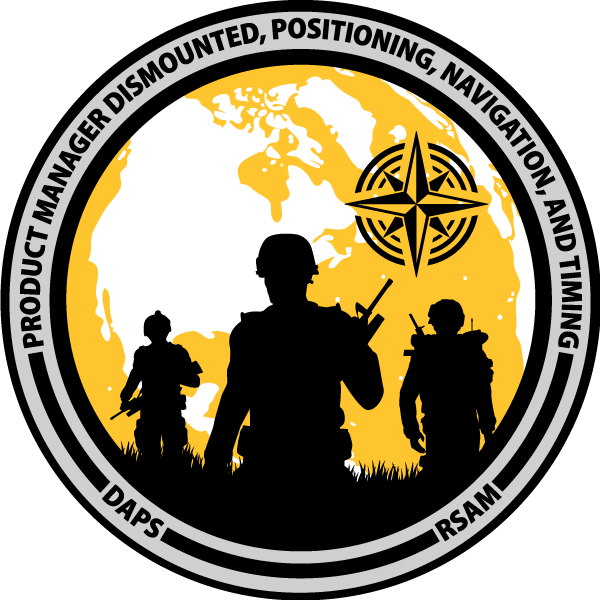
DISMOUNTED PNT
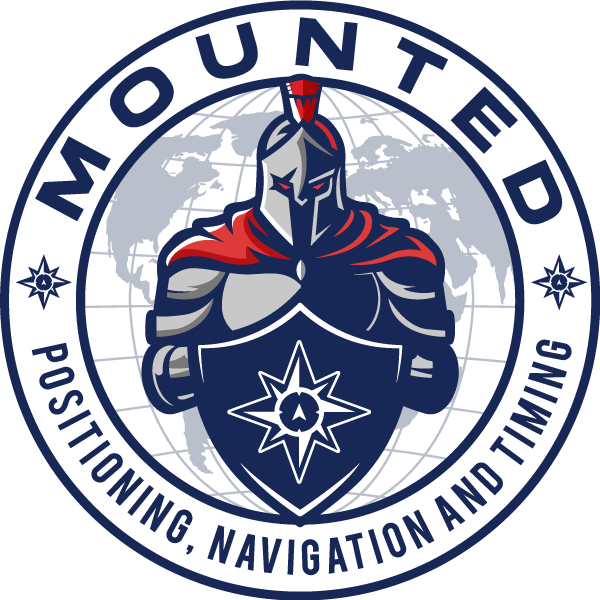
MOUNTED PNT
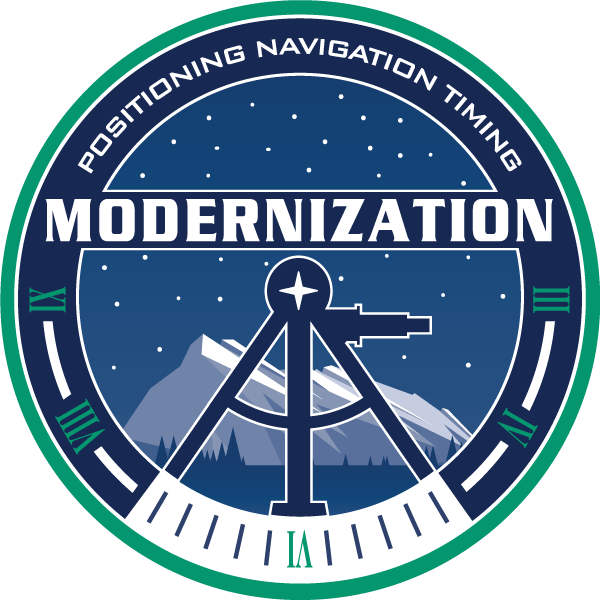
PNT MODERNIZATION
Programs
Dismounted PNT
Dismounted Assured PNT System (DAPS)
MISSION:
DAPS provides Dismounted Leaders with PNT in GPS-degraded and denied environments through GPS integrity support and enhanced non-GPS capability within the APNT/Space Cross Functional Team’s Ground Domain Strategy.
DESCRIPTION:
DAPS enables dismounted Army forces to shoot, move, and communicate in Global Positioning System (GPS)-challenged environments. It assures PNT through integrity checks of, and access to, multiple integrated, modular, layered size, weight, and power constrained PNT sources. DAPS first fuses Assured PNT (APNT) sources then displays APNT data on an integrated display and/or distributes it to various client systems via direct or wireless connections. DAPS is a PEO IEW&S Program of Record.
BENEFIT TO THE SOLDIER:
- DAPS enables dismounted maneuver operations with speed, surprise, and agility in GPS-challenged environments.
DAPS PROGRAM OF RECORD: DAPS GEN II
- Provides APNT to dismounted users by disseminating PNT to dependent devices in GPS-challenged environments.
- Critical to Army Multi-Domain Operations (MDOs) impacted by Anti-Access/Area Denial (A2/AD) conditions.
- Essential for the Brigade Combat Team (BCT) and their direct support units.
- Military Code (M-Code).
- Alternative Navigation (ALTNAV).
- Sensor fusion with military GPS receiver and non-GPS augmentation for positioning and navigation integrity and resistance to jamming and spoofing.
- Integrated with Nett Warrior (NW).
- Conformal wearable battery (CWB) for power.
- End user device (EUD) for graphical user interface (GUI).
- Contains integrated power source and screen to operate standalone from NW.
- Integrates Small Tactical Universal Battery to align with overall Army power strategy.
- Technical Maturation to meet capability development document (CDD) requirements.
- Incorporates Quick Reaction Capability (QRC) lessons learned for additional usability, sustainability, and performance measures.
DAPS QRC: DAPS GEN I (VARIANTS 1.0 AND 1.2):
DAPS GEN I VARIANT 1.0 – NW-DEPENDENT:
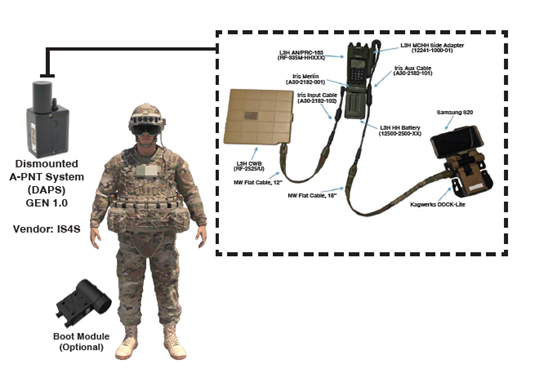
- Provides APNT to dismounted users by disseminating PNT to dependent devices in GPS-challenged environments.
- Critical to Army MDOs that are impacted by A2/AD conditions.
- Essential for the BCT and their direct support units.
- M-Code.
- Sensor fusion with military GPS receiver and non-GPS augmentation for positioning and navigation integrity and resistance to jamming and spoofing.
- Integrated with NW.
- CWB for power.
- EUD for GUI.
DAPS GEN I VARIANT 1.2 – STANDALONE CAPABLE:
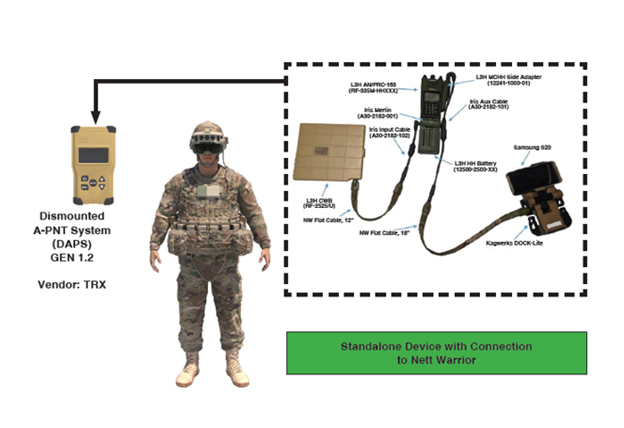
- Provides APNT to dismounted users by disseminating PNT to dependent devices in GPS-challenged environments.
- Critical to Army MDOs that are impacted by A2/AD conditions.
- Essential for the BCT and their direct support units.
- M-Code.
- ALTNAV.
- Sensor fusion with military GPS receiver and non-GPS augmentation for positioning and navigation integrity and resistance to jamming and spoofing.
- Integrated with NW.
- CWB for power.
- EUD for GUI.
- Contains integrated power source and screen to operate independently from NW.
Dismounted Assured PNT System (DAPS)
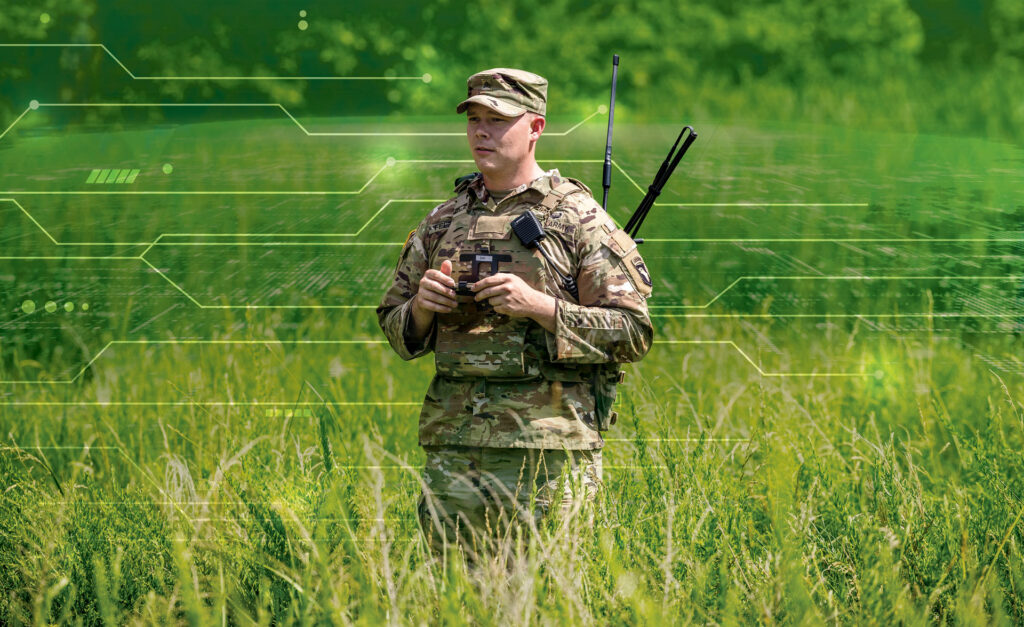
Mounted PNT
Mounted A-PNT System (MAPS)
MISSION:
MAPS provides trusted and Assured PNT to Soldiers on Army platforms in contested environments by distributing PNT to onboard systems and clients that support navigation, mission command, fires and maneuver. MAPS provides access to modernized military GPS and fuses additional sources of PNT to include timing and alternate navigation technologies.
DESCRIPTION:
The MAPS enables mounted Army forces to shoot, move, and communicate in GPS challenged environments. It Assures PNT through integrity checks of, and access to multiple integrated, modular, lean, layered PNT sources. MAPS fuses Assured PNT (APNT) sources and then distributes APNT data to on-board client systems. MAPS is a PEO IEW&S POR.
BENEFIT TO THE SOLDIER:
- The MAPS enables mounted maneuver operations with audacity, combat power, tempo, and momentum in GPS challenged environments.
MAPS GEN I:
- Quick-Reaction Capability (QRC) delivering the “fight tonight”
- An integrated solution including an Anti-Jam Antenna, ensuring access to GPS in a denied environment
- Provides resiliency in Multi-Domain Operations (MDOs)
MAPS GEN II:
- Next-generation Capability
- Provides increased GPS protection capability via sensor fusion algorithms and non-Radio Frequency sensors.
- Upgrades include:
- M-Code
- PNT Fusion
- Path to ALTNAV
- Open standard interfaces (ASPN, VICTORY)
(MAPS)
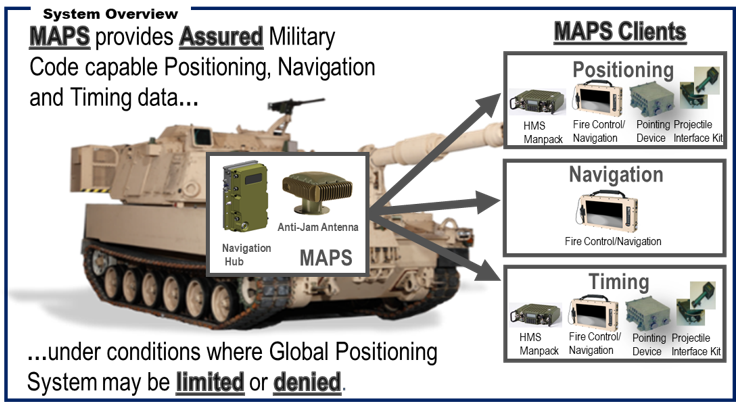
PNT Modernization
PNT Modernization
WHY PNT MODERNIZATION WAS ESTABLISHED:
- To create a proving ground for emerging PNT technologies by conducting market research to identify potential solutions fulfilling PNT capability gaps and addressing emerging threats
- Leverages the investments of S&T and Industry
- Uses consistent, proven processes
- Discovers best-of-breed modular solutions via assessment and prototyping
- To identify incremental and disruptive PNT capabilities and utilize modular open system approaches while eliminating redundant, disparate development efforts for mounted and dismounted systems to drive down costs and outpace the threat
- To reduce schedule risk by providing developed materiel solutions ready for integration and fielding for MAPS and DAPS
THE PNT MODERNIZATION PROCESS:
- Accelerates discovery, development, and integration of incremental & disruptive advanced PNT capabilities for Ground Forces
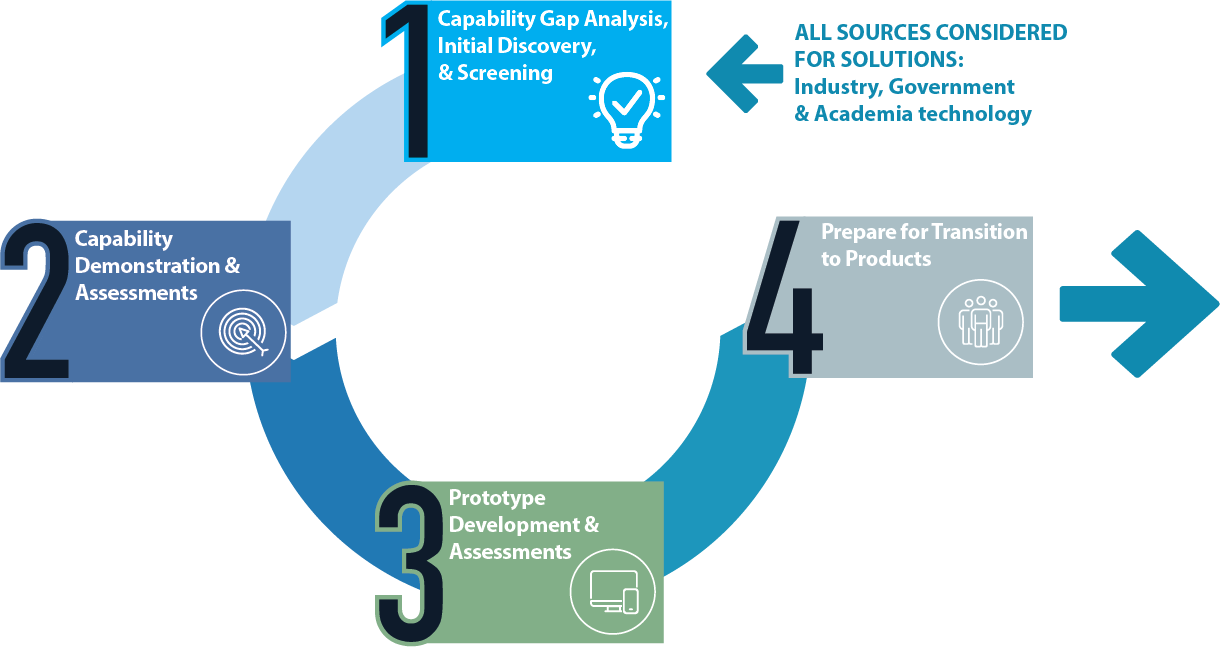
ASPECTS OF THE PROCESS:
- Uses a learning plan as the foundation of the effort to constantly incorporate information into the process, requirements, and capabilities
- Leverages Subject Matter Experts (SMEs) from government and academia to assess emerging capabilities
- Includes capability discovery & assessments, advanced capability development, prototyping, testing, and demonstration
- Assesses compliance with the Government-owned PNT Reference Architecture (RA), pntOS, and/or the Command, Control, Communication, Computers, Cyber, Intelligence, Surveillance, and Reconnaissance (C5ISR) / Electronic Warfare (EW) Modular Open Suite of Standards (CMOSS)
- Demonstrates military utility and eliminates transition of immature technologies to product developers, reducing cost
- Growth, schedule delays, and performance shortfalls
- Seeks out and accelerates maturation of technologies promoting a layered set of Assured PNT capabilities to be integrated into Mounted and Dismounted maneuver systems



